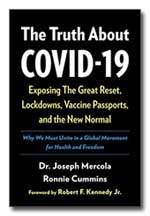
Founded in 1942, Hasharon Hospital merged with Beilinson Hospital in 1996 and is now called the Rabin Medical Center.
Clinical Allergy. 1978 Jan;8(1): 65-8.
In an Israeli hospital, Neuman et al tested the effect of 50 mg of tartrazine (Yellow 5) on 97 patients with a variety of allergic disorders and 25 with non-allergic rhinitis. First, all patients were put on a one-week diet without food additives, and their allergy medication was removed 24 hours before testing. The patients were then given either the dye or sugar in identical capsules. Their symptoms were monitored, and they were also evaluated before and after by blood tests, X-rays, pulmonary function tests, etc.
The researchers found that about a third of the allergic patients were clinically affected by the dye, and 26% had positive reactions within 15 minutes. Their various symptoms included weakness, blurred vision, heat-wave (hot flash?), runny nose, palpitations, a “feeling of suffocation,” itching, and/or hives.
QUOTE: “It is interesting that the highest incidence of positive responses to tartrazine is found in subjects without the classic personal or familiar atopic background.”
Another interesting finding is that the patients’ immunoglobulins showed a drop in IgG and IgM, and their bleeding time was also increased, although all these tests remained within normal limits.
NOTE: Might Yellow 5 or any other food dye be a problem for hemophiliacs? Although MedLine lists 25,728 studies on hemophilia, to date, not one comes up in a search for hemophilia plus tartrazine, food dye, food color, etc.




















